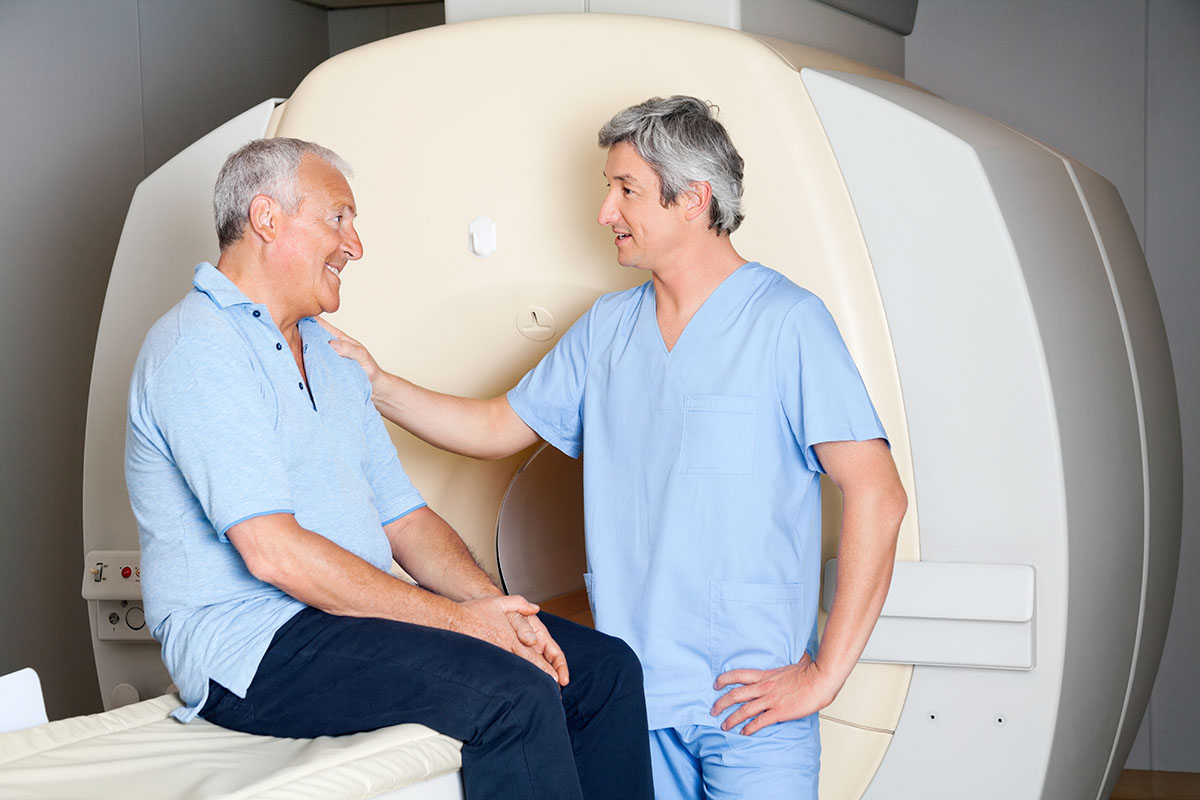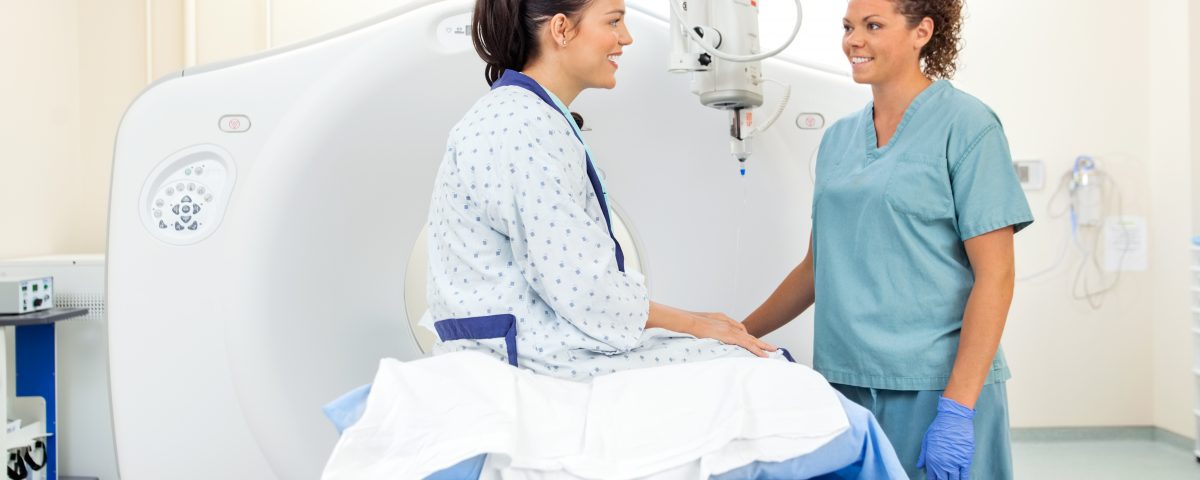
Now Enrolling: The EA2185 trial is comparing two standard methods to follow patients with non-cancerous cysts in the pancreas
October 2, 2020
Trial Results: Recent ECOG-ACRIN research
March 3, 2021Screening and surveillance: catching cancer early

“An ounce of prevention is worth a pound of cure.” – Benjamin Franklin
When someone hears the phrase “cancer clinical trial,” usually they envision a research study that is testing a new drug or treatment. However, there are actually several different types of cancer clinical trials created to address different problems or questions. Treatment trials, the most common type, do indeed explore new treatments – such as new drugs or combinations of drugs, surgery, or radiation therapy. But other types of trials, including prevention and screening studies, aim to reduce people’s risk of getting cancer, or find cancer early. Prevention and screening studies are critically important, as it is far easier to prevent cancer, or to treat it early, than it is to treat advanced cancer.
The ECOG-ACRIN Cancer Research Group (EA or ECOG-ACRIN) conducts clinical trials across the cancer control continuum, which is widely recognized throughout the research community as including: cancer prevention, early detection, diagnosis and surveillance, treatment, and survivorship. This quarter, the advocacy blog features several of EA’s screening and surveillance studies and demonstrates how they may help reduce cancer deaths in the future.
A screening study is one that tests new ways to find disease early; a surveillance study investigates methods to monitor an unusual finding – such as a cyst or mole – that may or may not turn into cancer. Surveillance studies may also examine strategies to follow patients after they have completed treatment to watch for signs that cancer is coming back.
Both screening and surveillance trials are necessary to ensure cancer is detected early, when it is most treatable – and these studies may also prevent patients from receiving more treatment than they actually need. For example, researchers found that some men with slow-growing prostate cancer that has not spread to other parts of the body can safely forego surgery and radiation, and choose 'active surveillance' (regular check-ins and testing) instead. This strategy allows patients to avoid treatment-related side effects that may affect their quality of life, as long as the cancer never grows.
The first study we feature in this edition is EA2185, a surveillance trial that is comparing two different ways of monitoring non-cancerous pancreatic cysts. The second study, TMIST/EA1151, is a breast cancer screening study evaluating the ability of 3-D mammography to find more of the aggressive types of cancers likely to kill women, by comparing it to standard digital mammography. Also, TMIST will help us learn how to improve the process for identifying women at high risk for developing cancer, and how to utilize both of these technologies better in the future.
The final study, EA1141, analyzed abbreviated breast magnetic resonance imaging (MRI) versus 3-D mammography in a very specific group of women: those with dense breasts at average risk, because the ability of mammography to detect breast cancer is limited in these women.
Learn more from the National Cancer Institute about the different types of cancer clinical trials.

